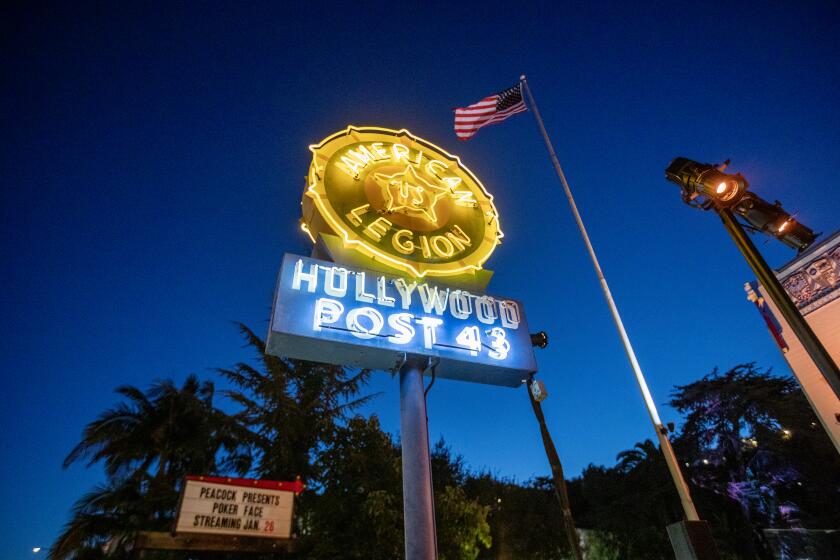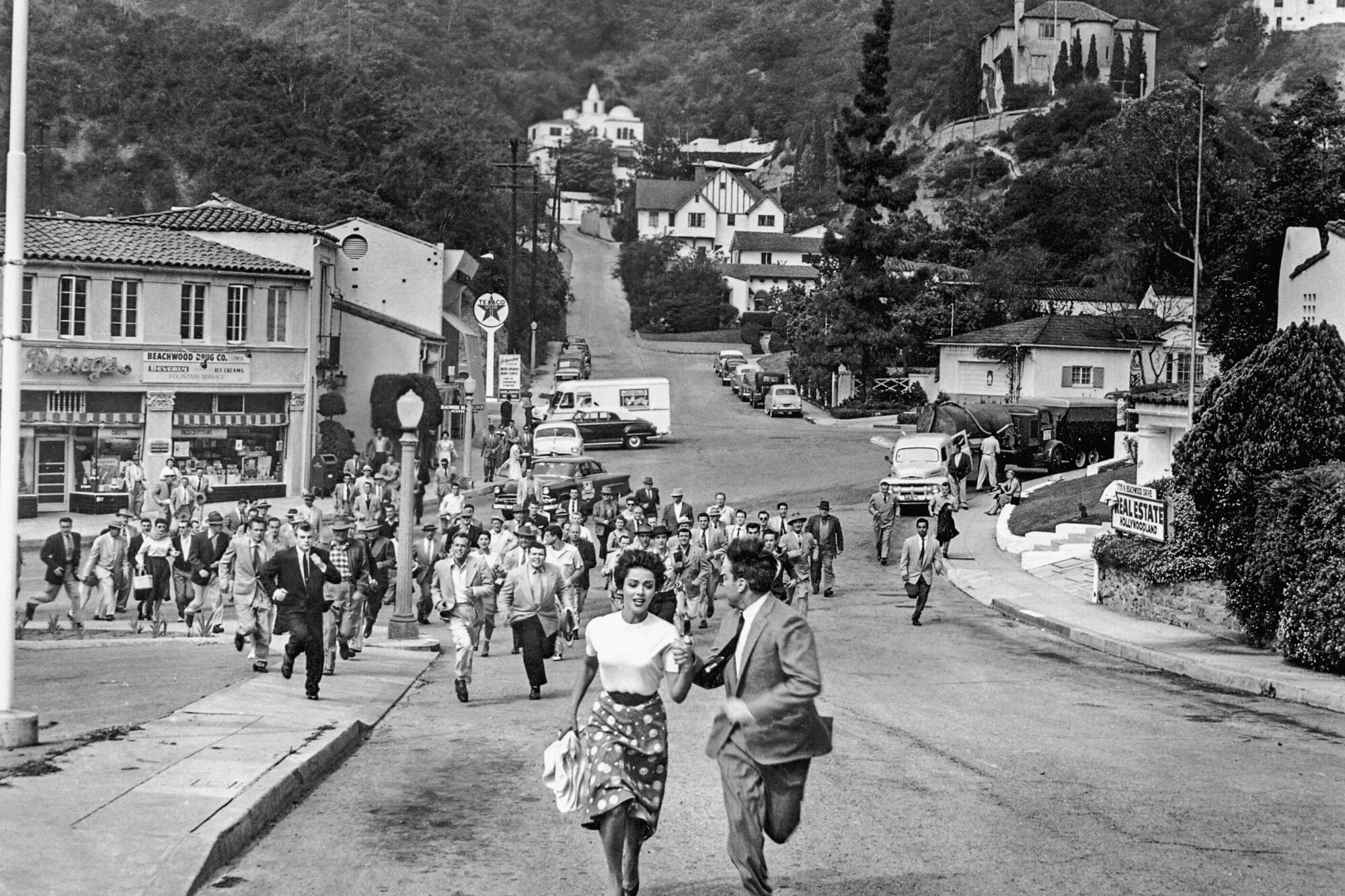
- Share via
On the Shelf
Hollywood and the Movies of the Fifties: The Collapse of the Studio System, the Thrill of Cinerama, and the Invasion of the Ultimate Body Snatcher — Television
By Foster Hirsch
Knopf: 672 pages, $40
If you buy books linked on our site, The Times may earn a commission from Bookshop.org, whose fees support independent bookstores.
“I remember where I sat.”
These words, this introduction to a memory, launch Foster Hirsch’s sweeping, winningly eccentric new film history book, “Hollywood and the Movies of the Fifties,” a study that manages to be both personal and comprehensive. Hirsch, a longtime film professor at Brooklyn College whose previous book subjects include film noir and Woody Allen, is recalling the day — April 30, 1953 — when he joined a packed house at the Warner-Hollywood Theater, “an imposing Spanish-style movie palace on Hollywood Boulevard,” to soak in a new widescreen exhibition format called Cinerama.
As he writes, “This semiforgotten artifact seems to me a quintessential midcentury product, a reflection of major artistic, cultural, and sociological currents of its era.” But what really comes across in Hirsch’s writing is that it was a hell of a lot of fun for a kid who grew up in the grand one-screen movie palaces of old, at a time when Hollywood was desperately trying to reinvent itself in the face of its suddenly ubiquitous new rival, television.
The Hollywood Legion is now a hot spot for premieres. Where else can you find a theater, a poker room, the bar from “The Shining” and maybe even a ghost?
Hirsch’s new book covers a lot of ground, including the competing widescreen formats of the era (VistaVision! WarnerSuperScope! Eidophor!); the industry’s awkward but often affecting approach to issues of race and homosexuality; the death of the studio system; and the Hollywood Blacklist. But the book is most valuable as a subjective chronicle of what it was like to go to the movies at a time when the industry’s popularity was imperiled and it pulled out all the stops to keep its product relevant.
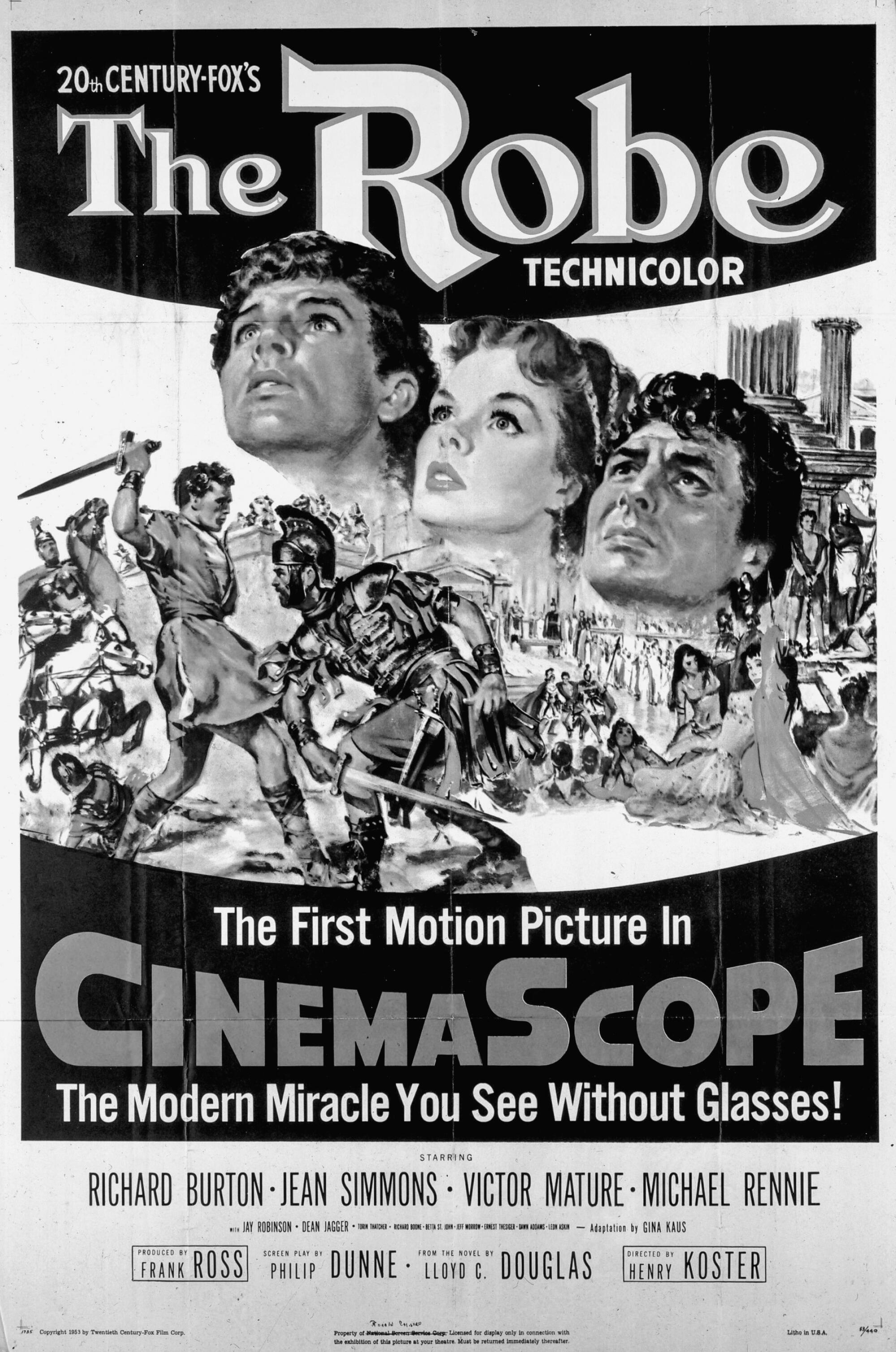
For the record, Hirsch sat in the center of the balcony for “This Is Cinerama,” which was more of a travelogue showcase for the technology than a narrative film.
“It was an extraordinary experience,” he says in a video interview from his Manhattan home. “I was just a kid, 9 or 10.” But Hirsch, about to turn 80, writes about it like it was yesterday:
“As the curtains parted, we were engulfed by a curved, three-paneled screen that seemed to stretch as wide and as high as the limits of human vision while at the same time we were inundated by sounds that came at us from all directions ... as the camera placed us, with you-are-there immediacy, on the front seat of a roller coaster as it dips and glides, swerves and hurtles at breakneck speed over the tortuous course of a ride at the Rockaway Playland amusement park in New York.”
Sounds a lot more fun than Netflix and chill, especially as related by Hirsch’s photographic memory. (Although there are contemporary analogs, such as Imax and Sphere, the LED-loaded new spherical arena in Las Vegas, which might be considered the Cinerama of today.)
Vegas is known for its Egyptian pyramids, dancing fountains, fake Rome. A spherical building broadcasting eyeballs takes the surreal up a notch.
Hirsch charts a tricky dance executed by the studios, which sought to please loyal, often older moviegoers with more traditional fare while trying their best, as Ezra Pound once implored his fellow modernists, to make it new. Warner Bros., for example, maintained its tradition of cranking out gangster movies like “White Heat,” “Crime Wave” and “The Breaking Point” but also made some truly weird and deeply memorable films in this period, including “Storm Warning,” in which Ginger Rogers witnesses the Ku Klux Klan killing of a reporter in a small Southern town. It turns out that the ringleader is her brother-in-law. Ronald Reagan plays the district attorney who takes on the KKK.
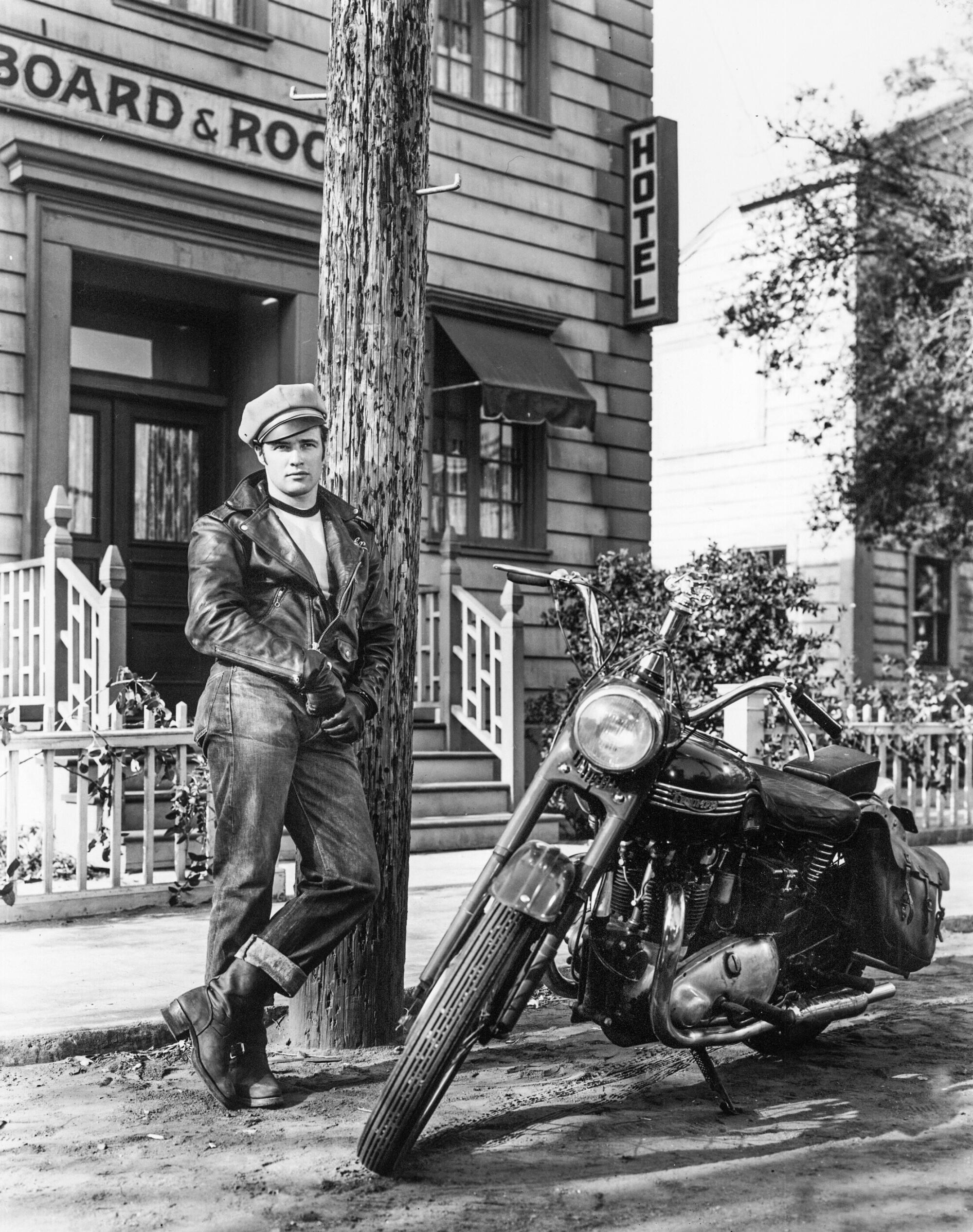
Hirsch has a way with potent curios, B-movies and genres that have fallen out of favor over the years, like the religious epic (“The Robe,” “The Ten Commandments” and other movies that were busting blocks decades before “Star Wars” and Marvel). “I think the epics are great, but they’re an acquired taste, and I know that they’re not popular now,” Hirsch says. “They’ve been critically dismissed for decades. I’m an oddity in that I have a soft spot for them.”
Ask Hirsch how long he’s been working on the book and you’ll get two kinds of answers. On a practical, research-and-writing level, he’s been at it for about 10 years. But Hirsch was one of those kids who wanted to study and write about movies as soon as he learned such a thing was possible.
“The truthful answer is I’ve been working on it for 70 years,” he says. “I wasn’t aware of it at the time, but I started writing the book about movies of the ’50s when I saw those movies as a kid .... People ask, ‘Well, didn’t you want to direct films or write scripts?’ No, I just wanted to write film criticism.”
Three new books — “Dream State,” “Hollywood Eden” and “Rock Me on the Water,” examine savvy pop-culture myth-making by and about the Golden State.
“Hollywood and the Movies of the Fifties” is itself a welcome throwback: a big, ambitious film history book published by a major house (Knopf) as opposed to the usual single-film chronicles that seem to dominate the movie shelves at bookstores (such as they are). It’s a big-picture book. “It’s a book about CinemaScope, and a book in CinemaScope,” he says proudly.
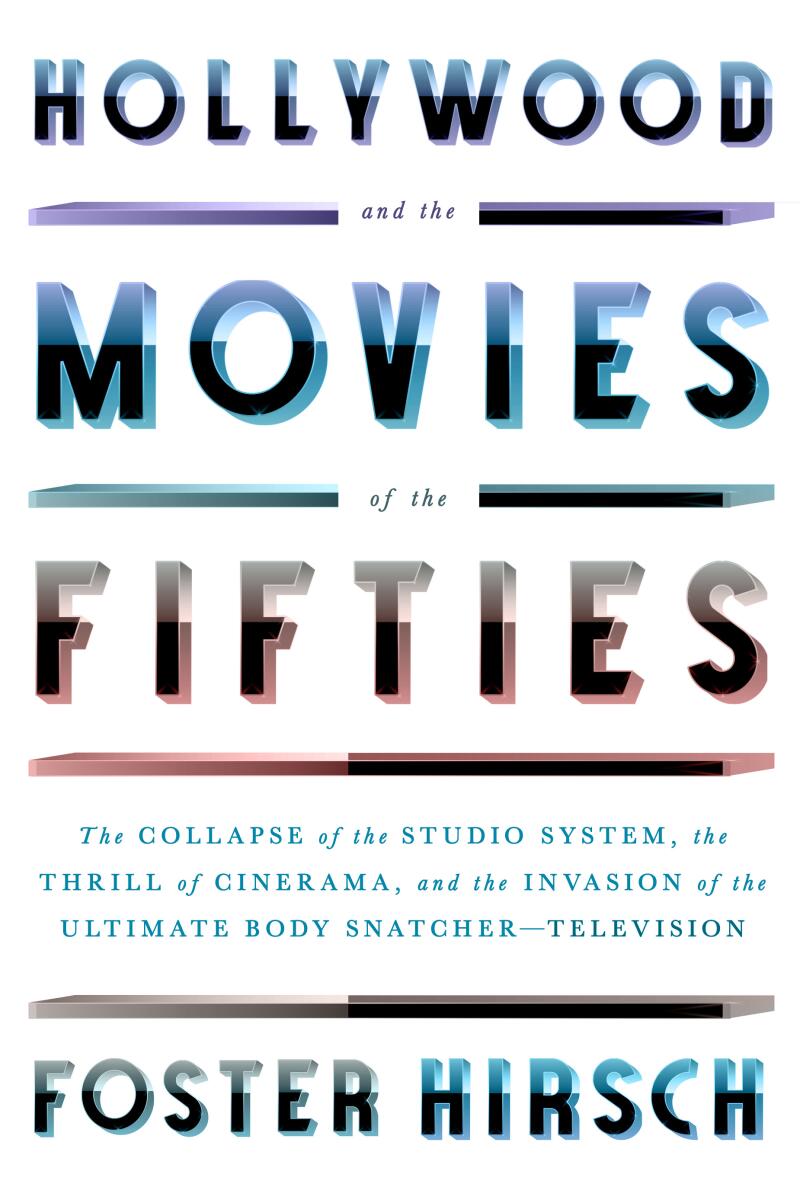
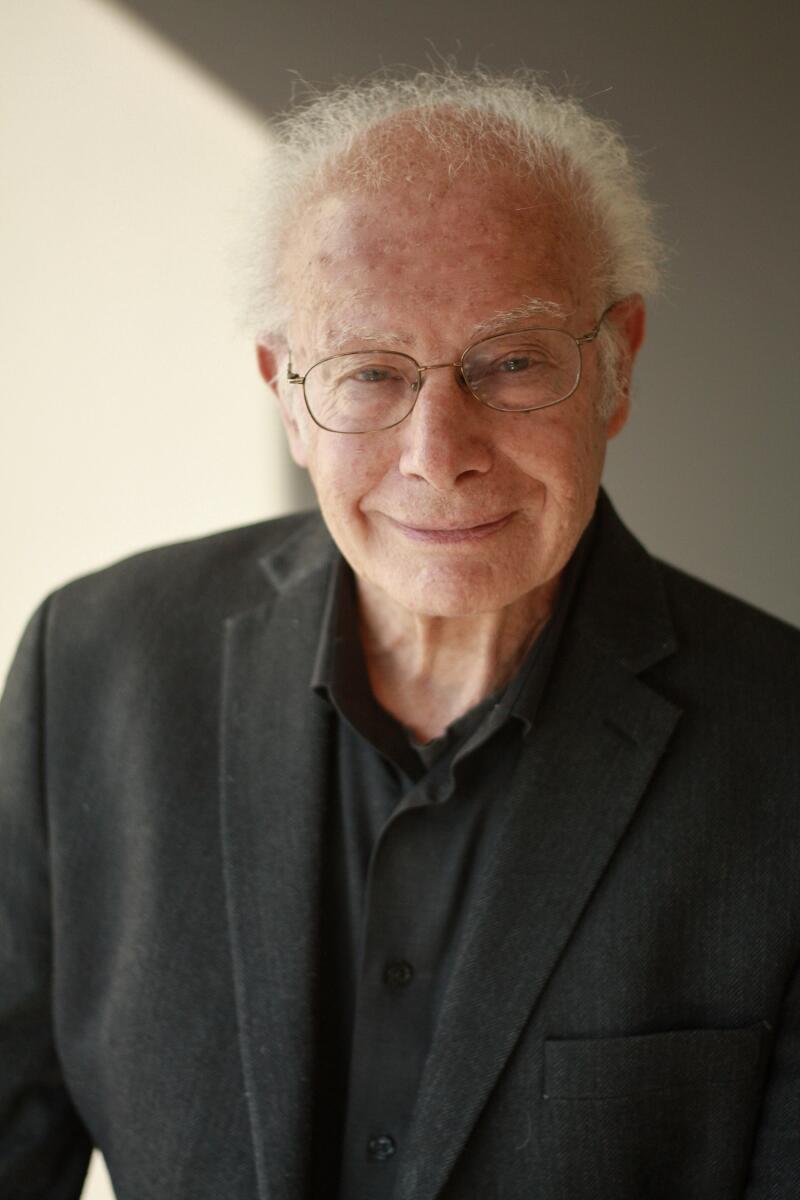
Foster Hirsch’s “Hollywood and Movies of the Fifties” is a broad, sweeping and somehow still intimate survey of the era. (Knopf / Michael Lionstar)
“A man goes to the movies,” Robert Warshow once wrote. “The critic must be honest enough to admit that he is that man.” It’s safe to say Hirsch has no problem making his admission.
“It’s a very personal approach,” he says. “It is my point of view. I’m a film historian who actually lived through that period, and so my younger colleagues who would write about the ’50s, and I hope they will write about the ’50s, will have a different perspective from mine.”
In short, he remembers where he sits.
Vognar is a freelance writer based in Houston.
More to Read
Sign up for our Book Club newsletter
Get the latest news, events and more from the Los Angeles Times Book Club, and help us get L.A. reading and talking.
You may occasionally receive promotional content from the Los Angeles Times.
